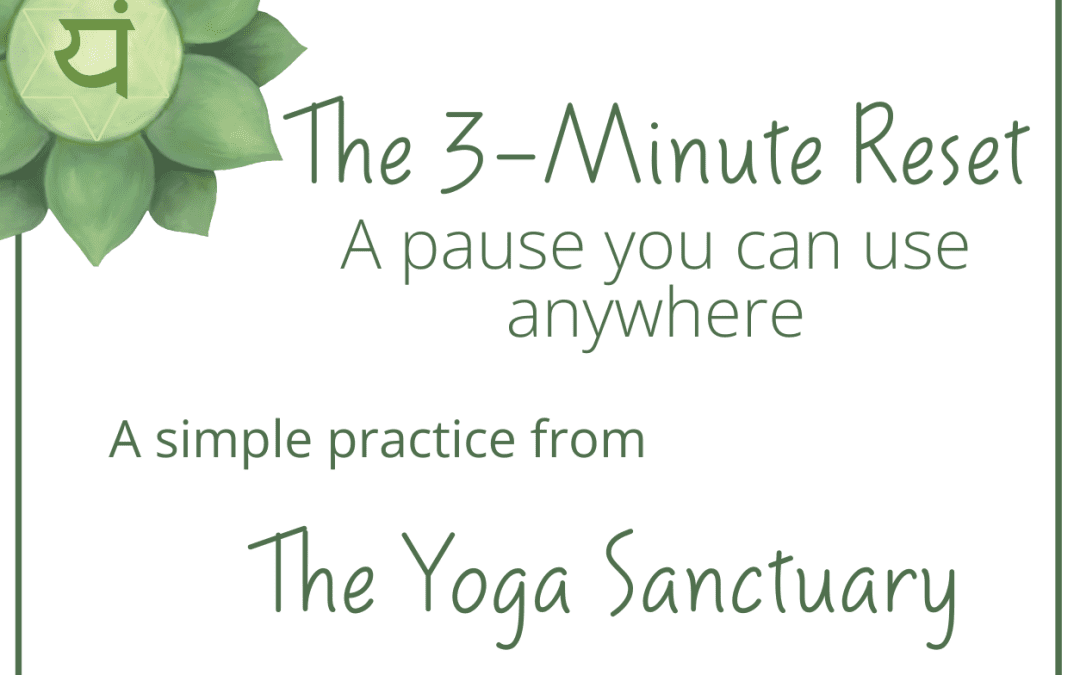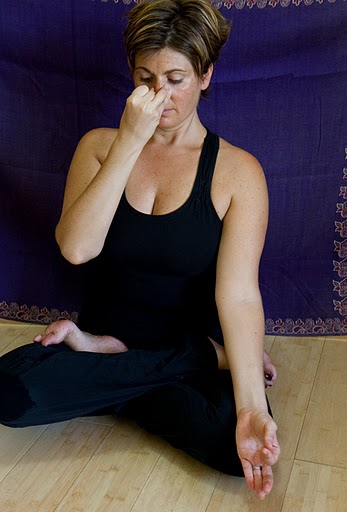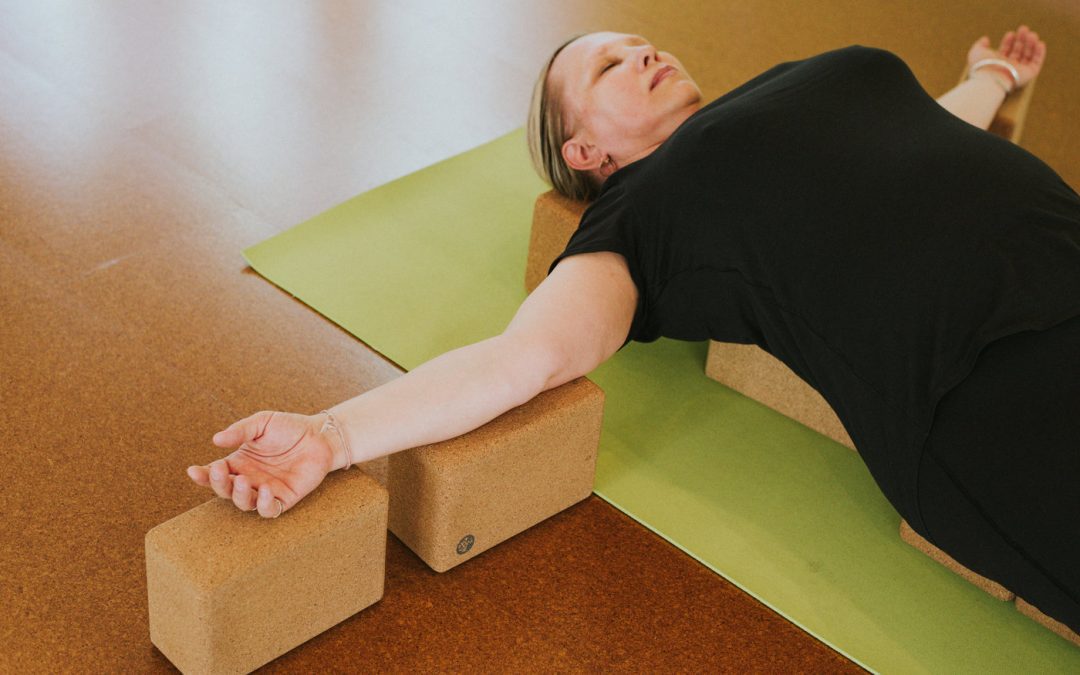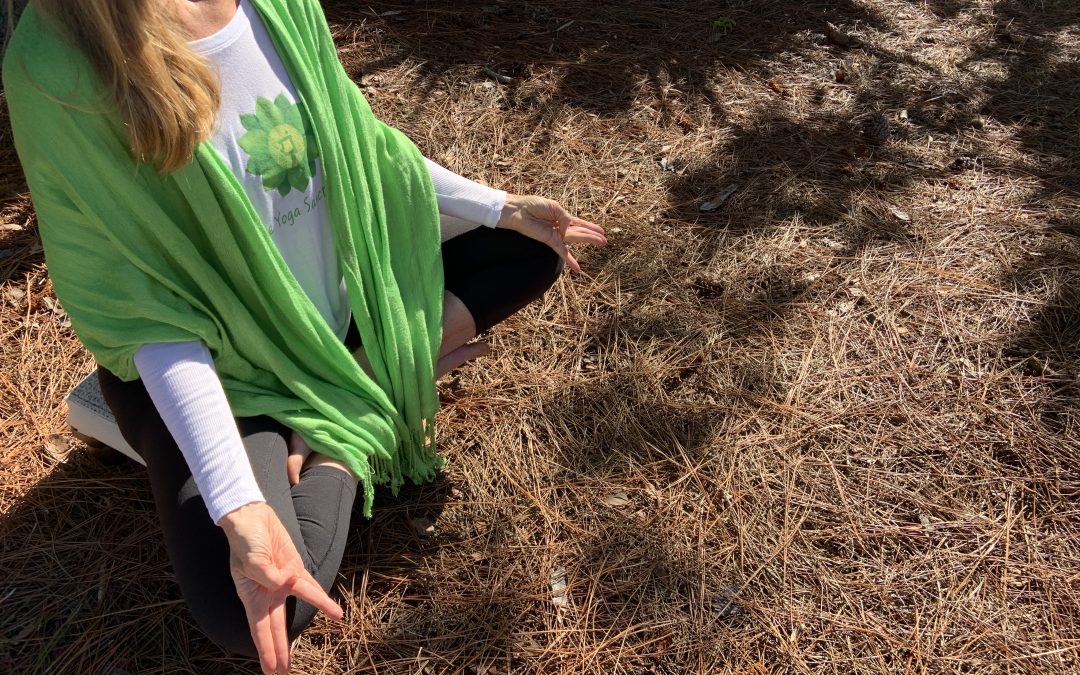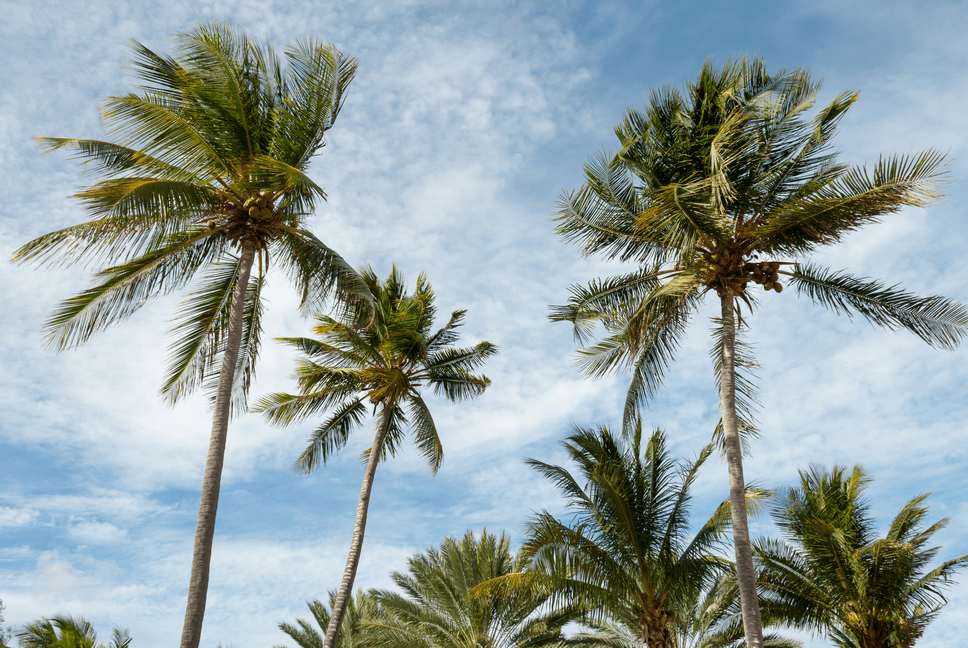In our always-on world, moments of quiet can feel out of reach—but even a few mindful breaths can shift how we meet the day. The 3-Minute Reset is a simple blend of gentle movement and focused breathing designed to calm the nervous system, clear the mind, and release physical tension.
